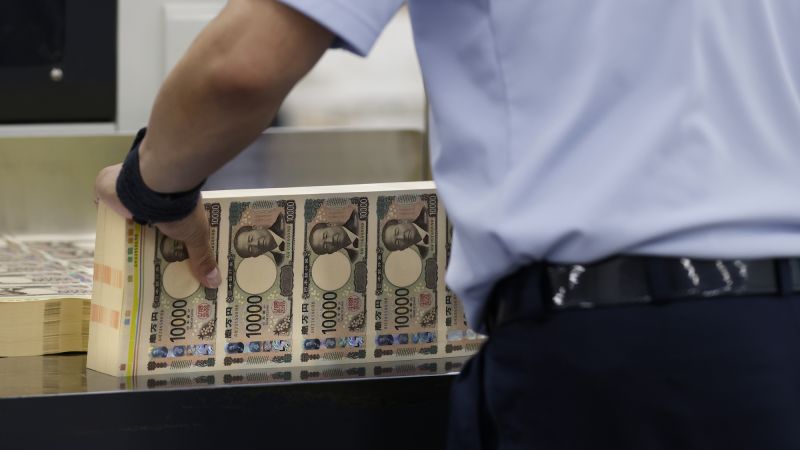In a groundbreaking development, banks in Japan have begun stocking their ATMs with freshly minted yen notes sourced from paperbush shrubs grown in the Himalayan mountains of Nepal. This unexpected source of currency has taken the Japanese economy by storm, offering a potential new income stream to communities in Nepal.
The journey of these yen notes begins in the foothills of the Himalayas, where the vibrant yellow flowers of the mitsumata plant bloom every spring. The bark of this plant is known for its strong fibers, perfect for making durable yet thin paper. With production of paperbush in Japan dwindling, Kanpou, the company that produces paper for the Japanese government, turned to Nepal for a new source.
Through a charity program in the 1990s, Kanpou began teaching Nepali farmers to cultivate paperbush. The process involves planting seedlings in the summer, harvesting branches in the fall, and processing the bark over several months. The raw paper is then sent to Japan for further processing and printing by the National Printing Bureau.
The new yen notes feature advanced security measures, including hologram portraits and luminescent ink, to prevent counterfeiting. As the demand for paperbush rises, Nepal has seen an increase in exports to Japan, providing a much-needed income boost to local communities. Kanpou has been able to expand operations with aid funding from Japan’s International Cooperation Agency, bringing newfound financial stability to vulnerable families.
The impact of this partnership between Japan and Nepal goes beyond just aid – it represents a collaboration where both countries benefit. “Without mitsumata, Nepal’s (paperbush), we would not have been able to produce the new bill,” said Tadashi Matsubara, president of Kanpou. The future looks bright as this innovative source of currency continues to strengthen ties between the two nations.











